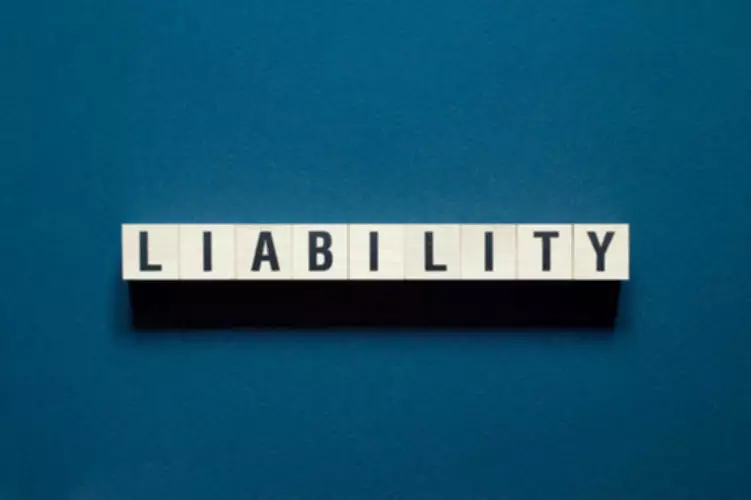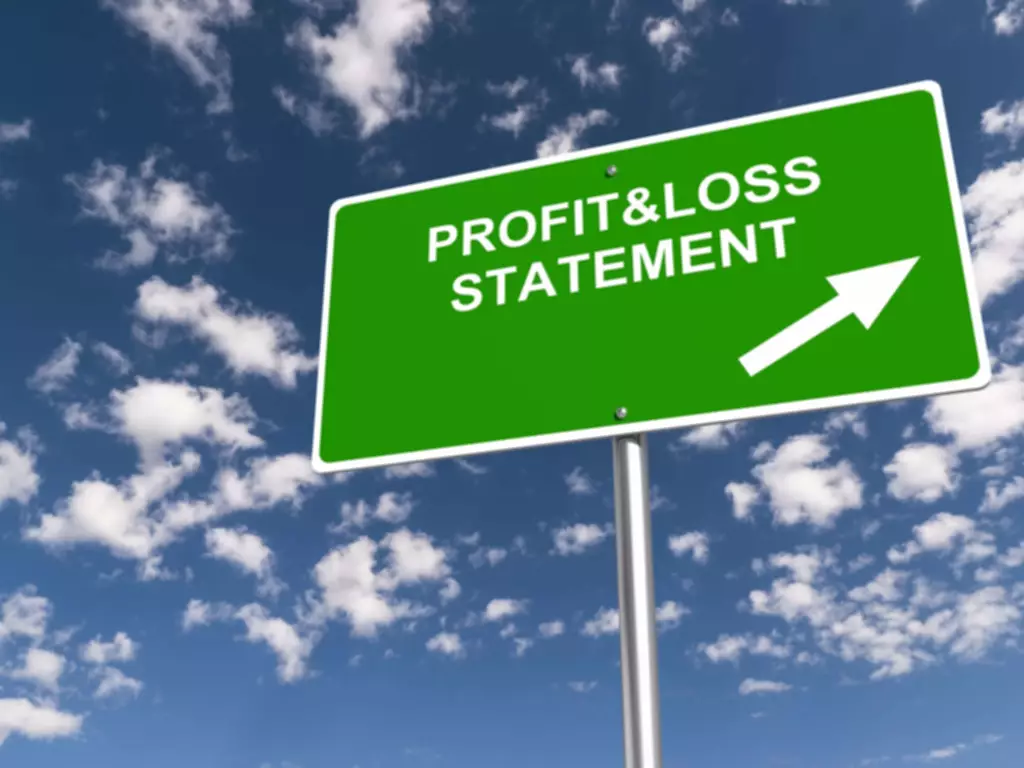Content

Keep in mind that if you’re an S-corporation owner, you may also have to report pass-through profits on your tax return in addition to the salary you receive from the corporation. An LLC is also similar to a sole-proprietorship or partnership firm. Therefore, the owner of an LLC can receive the owner’s draw instead of a salary. The funds drawn from the business are deducted from your business earnings after paying all the business expenses. Therefore, you can take an owner’s draw from the equity of your business. As mentioned above, an owner’s draw is the amount of money that you can take out from the owner’s equity for personal use. Then you need to deduct your payment from the profits earned once all the business expenses such as rent, salaries, business supplies, etc have been deducted.
- It represents how much a company’s owner or shareholders would receive if all the company’s assets were sold and all its debts were paid off.
- Unlike a corporate business structure, you are not dependent on others to either run the show or pay you for your efforts.
- Whether you choose to draw your money or assign yourself a salary, there are a few guidelines you should follow when paying yourself from your own bank account.
- As your business grows, you can also draw your 50% of the profits.
Follow these tips for writing effective corporate minutes to ensure your business doesn’t risk losing the advantages of operating as a corporation. Even if your LLC didn’t do any business last year, you may still have to file a federal tax return. Self-employment taxes can take a big bite out of your income—but you can take steps to minimize the impact. Once you start paying yourself, stick to a consistent schedule. Reevaluate things throughout the year—and make changes if needed—to make sure you are meeting your business goals and obligations, as well as your personal ones. Shareholder distributions are not meant to replace a reasonable salary as required by the IRS.
Paying yourself in dividends
The most tax-efficient way to pay yourself as a business owner is a combination of a salary and dividends. This will allow you to deduct the salary from your business’s income and pay taxes on it. If you are not paying yourself a salary, you will have to pay taxes on the profit of your business.

However, as we discussed earlier, if you own an S-corporation, your salary must be considered reasonable compensation. Therefore, you need to pay yourself a salary and not an owner’s draw if you own a corporation and are engaged in its day-to-day operations. The type of business structure owner’s draw vs salary is one of the primary factors that help in determining your payroll process. Your business structure would indicate the payment style that is relevant for your business. However, in the case of partnerships, a single person does not have a claim on the revenue or profits of the business.
Determine the owner’s draw amount
You can also choose both methods and give yourself a salary while taking a draw from your equity. Most pass-through entity owners can draw from their businesses. Owners of sole proprietorships, partnerships, and some limited liability companies take draws. If your business is your main source of income, you might instead pay yourself a salary as an employee and take an owner’s draw on additional profits. Whether you’re running it on your own or with partners, business owners usually take a draw from the profits. Single-member LLCs are paid out and taxed by the IRS like sole proprietors, while multi-member LLCs are paid out and taxed like a partnership.
- Employees are the only worker classification where you can pay a salary, which is a fixed payment made at defined intervals regardless of hours worked.
- Every owner in your company should have a dedicated equity account on your balance sheet.
- If you take a draw, you may be responsible for making quarterly estimated tax payments as well depending on what you’ll expect to owe in taxes for the year.
- Say a sole proprietorship that opened last year earned $100,000 and had $300,000 in cash.
- Each business structure has its advantages and disadvantages.
- Whether you’re running it on your own or with partners, business owners usually take a draw from the profits.
Mainly, these would be businesses that have cyclical or seasonal profits since you draw when you have the cash on hand. For example, if you run a surfboard rental company, you could pay yourself more during the summer since there’s more cash flowing in. An owner’s draw is subject to federal, state, and local income taxes. It’s an accumulation of your financial contributions and share of profits, losses, and liabilities. Talk to an accountant to get your books updated before taking an owner’s draw. Say a sole proprietorship that opened last year earned $100,000 and had $300,000 in cash. The sole proprietor can receive a dividend distribution of up to $100,000.
Do you want to learn more about selling online?
The downside of the salary method is that you have to determine reasonable compensation that makes you happy, keeps your company operational, and isn’t double-taxed. If your compensation falls outside the “reasonable” range, it could raise flags with the IRS. In this post, we’ll look at a few different ways small business owners pay themselves, and which method is right for you. The major difference from an S-corp is that a C-corp usually should not allow owners to take draws. Since the C-corp is typically owned by shareholders, the earnings of the C-corp are “owned” by the company. The IRS will tax this $40,000 (not the $30,000 you “drew”) as self-employment income so you’ll pay 15.3% tax for FICA.

This is unlike the case of an employee who is paid a salary via a payroll service that deducts employment taxes automatically. You can make business withdrawals through a cheque from your business bank account.
Different methods are used to pay yourself depending on the type of business you own. If you operate an S corporation or C corporation, there are three different processes for paying yourself as an owner. You can take home your pay through a salary, distributions, or a combination of both. The IRS has a set of rules that determine how much you can pay yourself as a business owner. https://quickbooks-payroll.org/ Paying yourself as a business owner is not just about the money—it’s also about your mental health and ability to keep going. Successful business ownership is as much about your ability to thrive financially and provide for yourself as it is about future business profits and growth. Under a partnership, you may have one or more people that you share business profits with.
- Instead of paying payroll taxes from your paycheck, you pay that same amount as self-employment tax when you pay quarterly taxes as an independent contractor.
- The operating agreement outlines the rules and regulations to manage the company as well as how LLC members share revenues and liabilities.
- Paying more actually results in a smaller deduction because the total pass-through deduction may never exceed 20% of business income.
- You will need to file articles of incorporation with the state in which you are incorporating your nonprofit.
Once you’ve set up a separate business entity, you can set up a business bank account, as well. This isn’t required, but it’s a big help to keep your accounting in order and protect your personal finances in case of liabilities against the business. If you’ve elected S-corp tax treatment, be careful about using this option. Not paying yourself could pass the “reasonable compensation” test if the business isn’t generating much revenue. But you typically can’t leave money in the business to avoid paying self-employment taxes—that could cost you in fees and back taxes down the line.
Best Small-Business Loans of 2022
It will also help you budget for the next year and analyze your spending patterns. As a sole proprietor, you don’t pay yourself a salary and you can’t deduct your salary as a business expense. Technically, your “pay” is the profit the business makes at the end of the year. On the director’s side this rental income is taxable via the director’s personal tax return. To save paying personal tax, it’s usual to set the rent at the same level as the costs so there is no additional tax to pay. Dividends are used for owners who are nonemployee shareholders in C corporations. Dividends are paid out of company profits and are divided up proportionate to the number of shares a shareholder holds.

For multimember LLCs, your operating agreement lays out how profits will be allocated and at what frequency. Our ratings take into account a product’s cost, features, ease of use, customer service and other category-specific attributes. Opening an LLC bank account shouldn’t be difficult, provided you do your research and bring the proper papers. Even though they occur less frequently, it’s important to include expenses like insurance premiums and equipment repairs. Your intro to the different types of finance, including their pros and cons. When you launch a small business or startup, you may not have enough revenue to pay yourself for the first year or two.